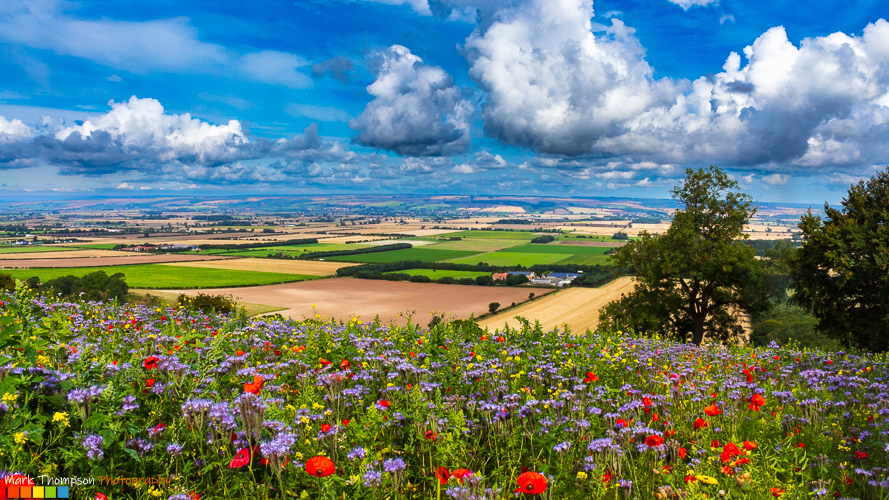A tour of the Yorkshire Wolds to look at the different farming landscapes and farming practices.
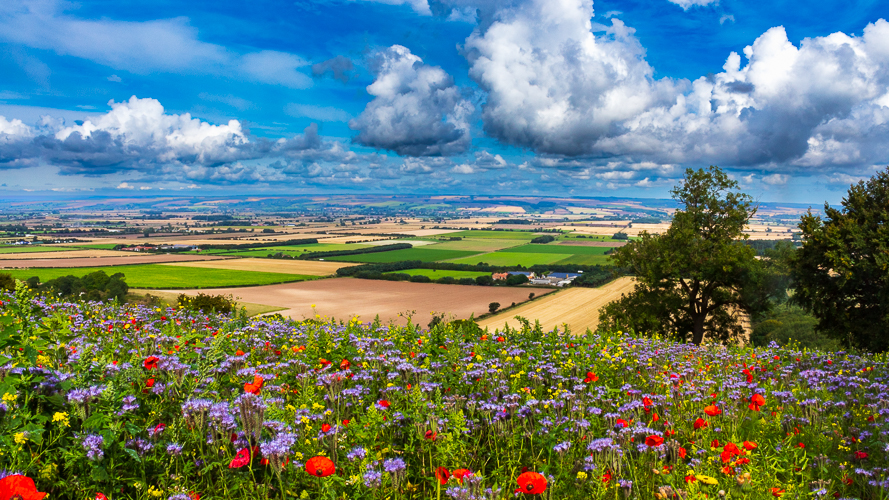
Here’s the outward leg of our tour
Link to route on google maps – in case you want to follow
https://maps.app.goo.gl/2E3WkniE8S7ZBQNg7
Things to Look out for on the way…
Garrowby Estate
As we get to top of Garrowby Hill land on the left is part Lord Halifax’s 20,500 acre estate. Garrowby Estate situated on the edge of the Yorkshire Wolds is the “jewel in the crown” having been recognised as having nationally important landscape quality. The in-hand farming operation covers approximately 750 acres. The majority of this land is grassland, covering the parkland around Garrowby Hall and the area between Garrowby Park and Bugthorpe village. Read more about the Garrowby Estate
View across Vale of York
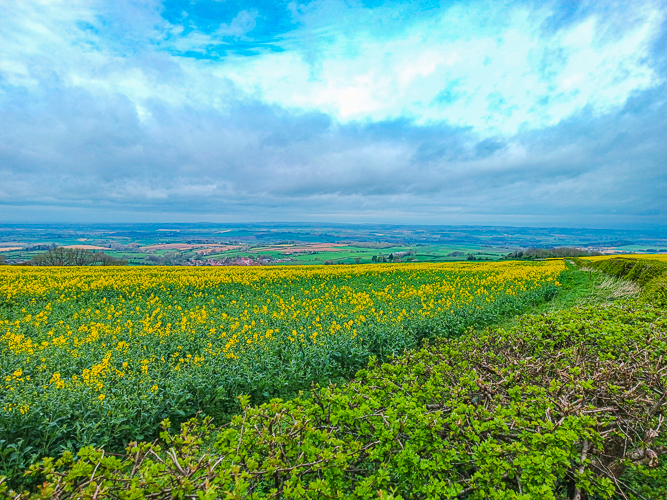
As we travel along the roman road along the edge of the Wolds you can look out across the Vale of York the villages you may see are Uncleby Hill and Painsthorpe
Land Types
The Agricultural Land Classification provides a framework for classifying land according to the extent to which its physical or chemical characteristics impose long- term limitations on agricultural use
Agricultural Land is classified in to 5 types:
- Grade 1 – excellent quality agricultural land
- Grade 2 – very good quality agricultural land
- Grade 3 – good to moderate quality agricultural land
- Grade 4 – poor quality agricultural land
- Grade 5 – very poor quality agricultural land
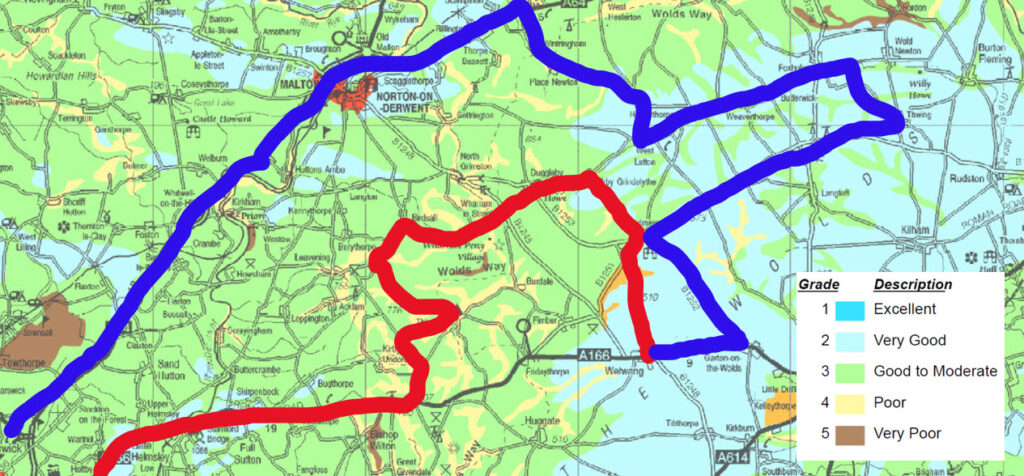
with route and legend on
To download full map go to Natural England Website – go to
Soil Types
Soil types are what describe if soil is sandy, loamy clay etc and how acidic it is. There is a list given as a legend. To see the map for our tour visit website using link below the map

Of Interest

There is a memorial in the layby at the top of Garrowby Hill to a WWII bomber that crashed in 10/10 cloud cover in 1944- testament to the 800 ft that Garrowby rises to compared with the low land of the Vale of York were a lot of the WWII bomber bases where.
Between Roman Road & Thixendale
As you pass through the wood you come upon a typical Wolds Farmstead which has a row of wagon sheds that surround a fold yard in which cattle were wintered. The whole farmstead being surround by a shelter belt of trees to protect against the wind and often harsh winters of the Wolds.
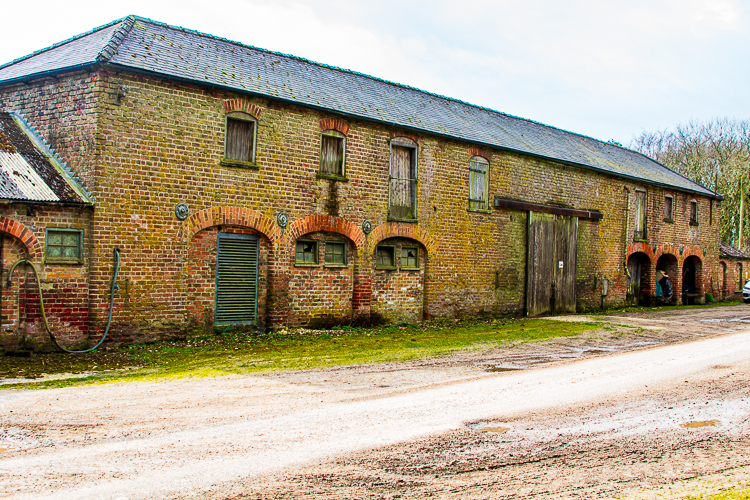
Thixendale
An example of the ‘upside down farming’ on the Wolds were the livestock can be found in the valleys and the crops on the tops – unlike areas like the North Yorkshire Moors and the Yorkshire Dales were the high hills are inhabited by moorland and livestock whilst the in-bye lower land used is for conserving grass and growing arable crops.

Views and livestock in Thixendale



Birdsall Estate
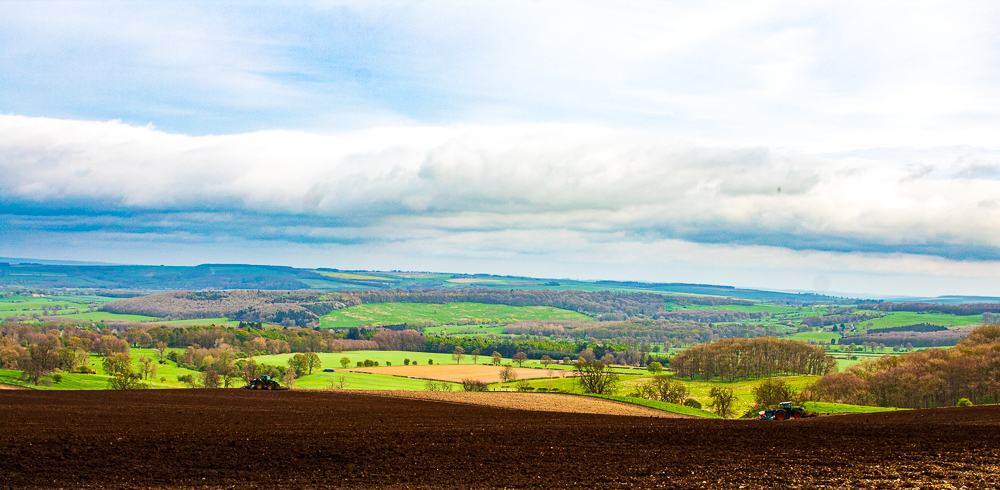
At the north end of Thixendale is Aldro which is part of the Birdsall Estate owned by Lord Middleton.
The areas farmed by Birdsall Estate includes heavy clay soils on the low ground, Wold escarpment and dale sides with large arable fields on the well-drained but shallow flint and chalk Wolds.
Birdsall Estate was involved with starting up and developing the Stabiliser Beef Cattle programme in the UK. This programme was started in 1996 by five significant beef producers based in East Yorkshire in response to their requirement to develop an improved suckler cow type to replace their less efficient dairy-bred cows. The focus of the breeding programme is to improve the economic efficiency of suckler cows and the production of consistently high eating quality beef for least cost from forage-based systems
Birdsall Estate Website
Birdsall Estate Farms
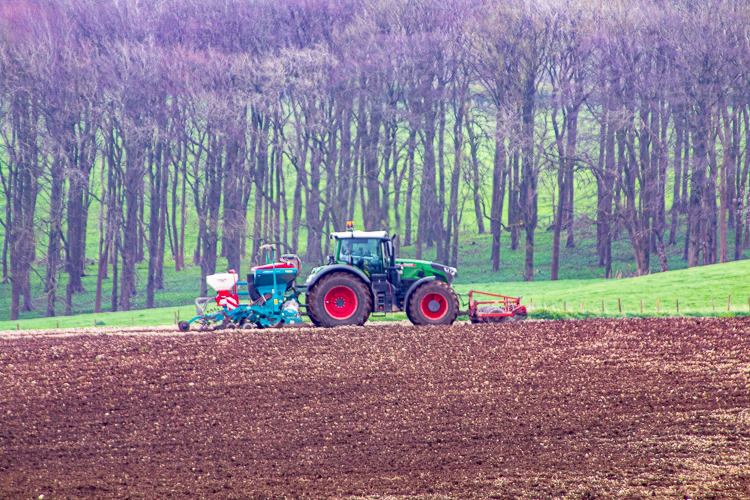
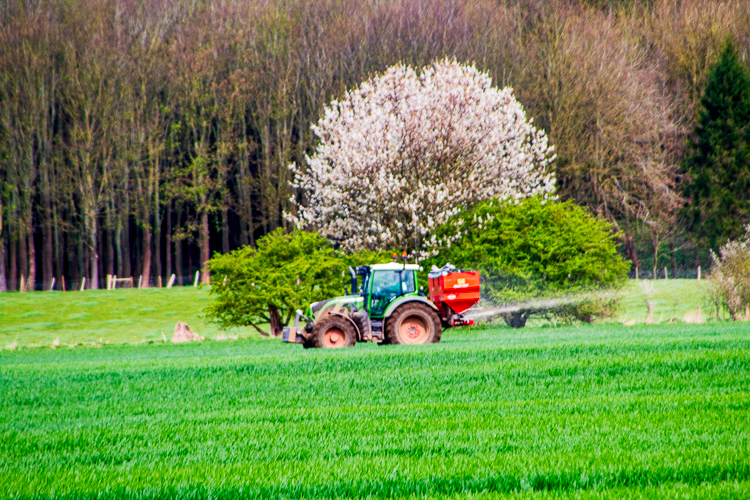
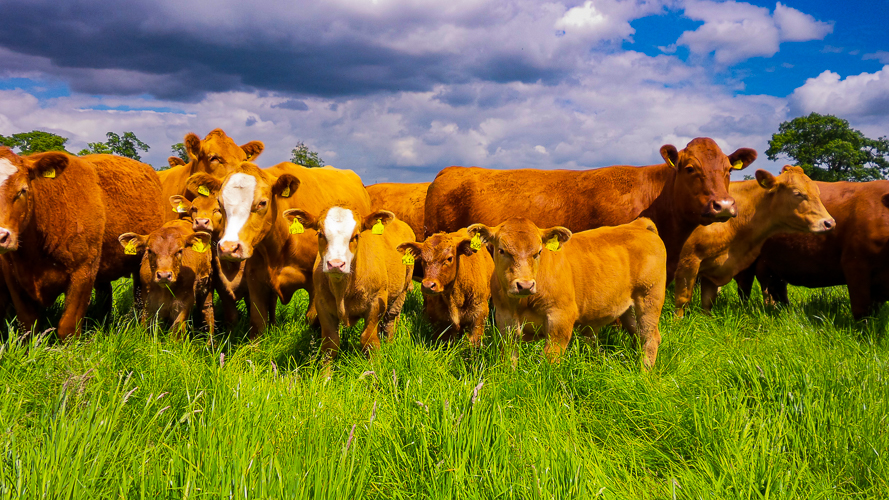
Wharram le Street & Duggleby
From Birdsall we go across to Wharram le Street and Duggleby which is at the start of the Great Wold Valley the largest and broadest of the valleys cutting into the Yorkshire Wolds.
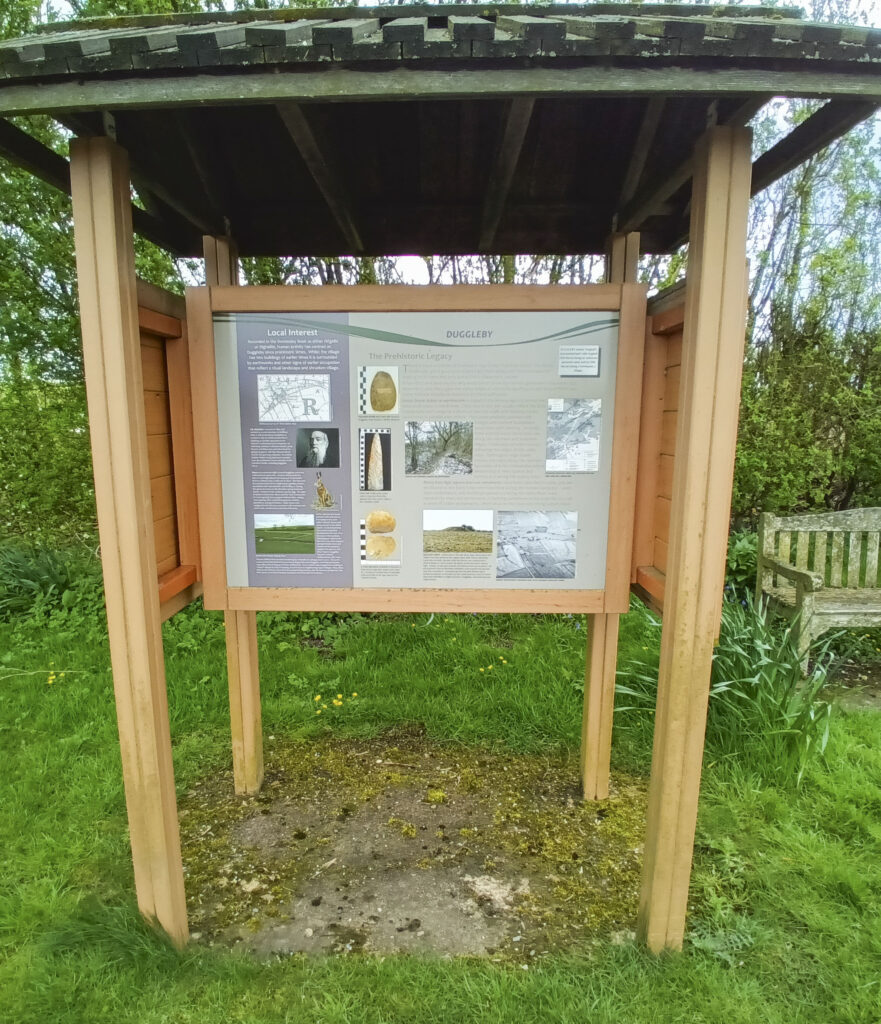
As we drive along the Great Wold valley we pass one of several farms on the Wolds run by Albanwise at Kirby Grindalythe.
Albanwise Farming
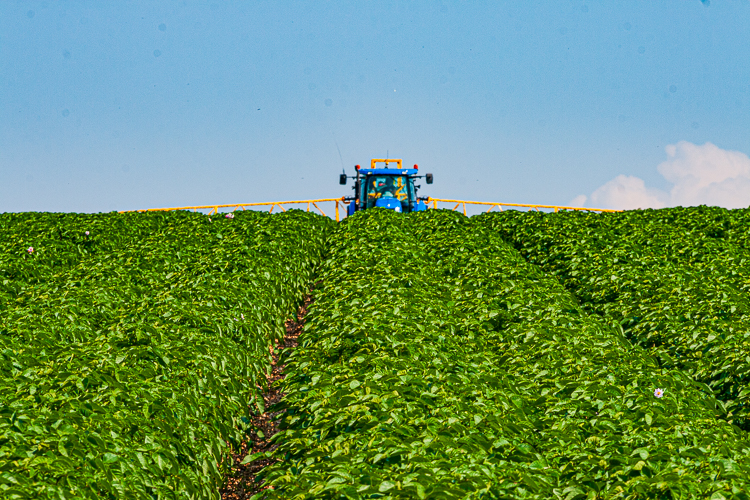
Albanwise has grown over its 40 years of activity starting with 400 acres at the time of its incorporation to over 25,000 acres today. It is one of the 10 largest agribusiness in the country. They farm a total of 8,946 hectares split evenly between Norfolk and Yorkshire. The company employs 43 permanent members of staff across all farms. Read more on Albanwise Website
Water on the Wolds
Watercourses are intermittent and irregular on the Yorkshire Wolds and are locally referred to as ‘gypsey springs’.
The Gypsy race is the best known of these, we pass it’s source as we drive towards Duggleby.
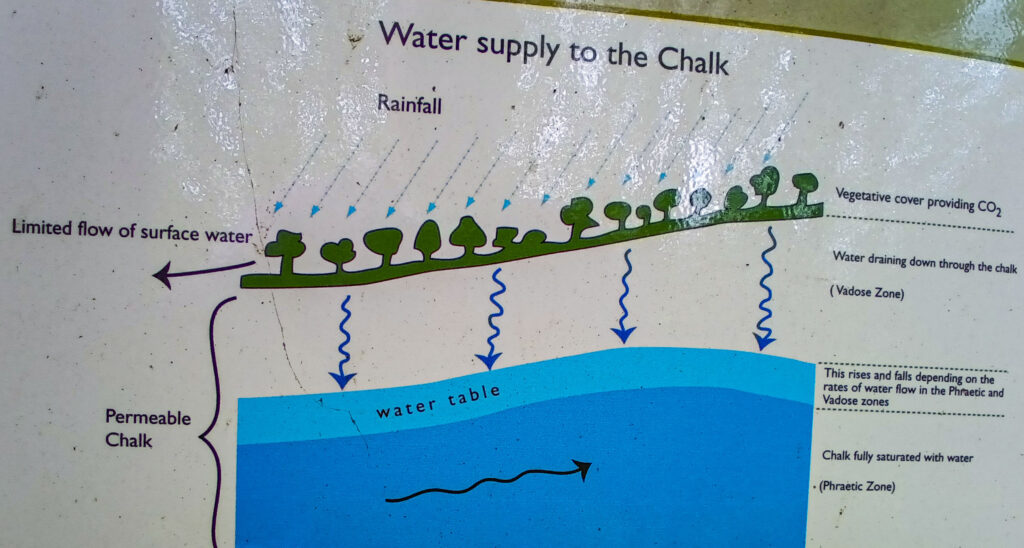
This intermittent and irregular watercourse is believed to be affected by a siphoning action in underground reservoirs and they can come into flood apparently regardless of recent rainfall in the local vicinity.
Dew Ponds
Dew ponds were created on the Yorkshire Wolds in the 18th and 19th centuries to provide water for livestock in the dry Wolds landscape.
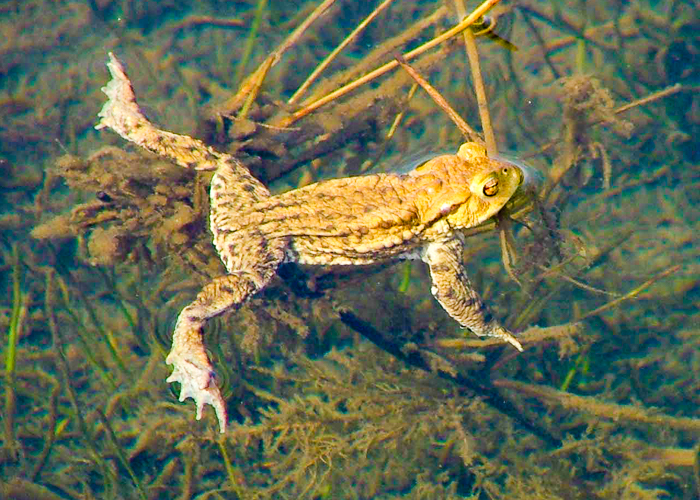
Few are used by livestock today, but they are a haven for wildlife and an important feature of the landscape. These dew ponds stretch for 20 miles from Thixendale to Fordon.
Dew ponds were traditionally made by lining the hole with clay . Often the clay has other materials added – such as straw laid beneath the clay as an insulative material and ash from fires added to it.
Sledmere

Arrive at Sledmere where we are going to have a farm tour with the manager.
The Sledmere Estate farming enterprise rears Red deer, sheep and cattle. Both the beef and venison supply a leading supermarket and are raised under high health status.
The arable enterprise is around 2,000 acres and grows winter wheat, winter barley, spring barley, oil seed rape, vining peas, and potatoes. Both the winter and spring barley are sold for malting and the peas are grown for Birdseye.
The farm employs 4 full time staff and a student, we undertake all the farming duties in house along with working closely with the event team to assist in festivals and outside events.
500 acres of grassland makes up the remaining acreage bringing the total to 2,500. All the livestock are housed inside through the winter and are turned out in the spring.
“the reformer of the Wolds”
Sir Christopher Sykes (1749 – 1801)
Introduced new ideas, like rotating crops and growing turnips for sheep to eat. This produced much needed food and wool from land which had not produced food our wool before.
Sledmere Monument

This was built in 1865 to commemorate Sir Tatton Sykes IVth Bt (1772-1863)
The Great Wold Valley
After a stop in Wetwang for dinner we will travel to Garton on the Wolds then return to Sledmere past the Sledmere memorial.
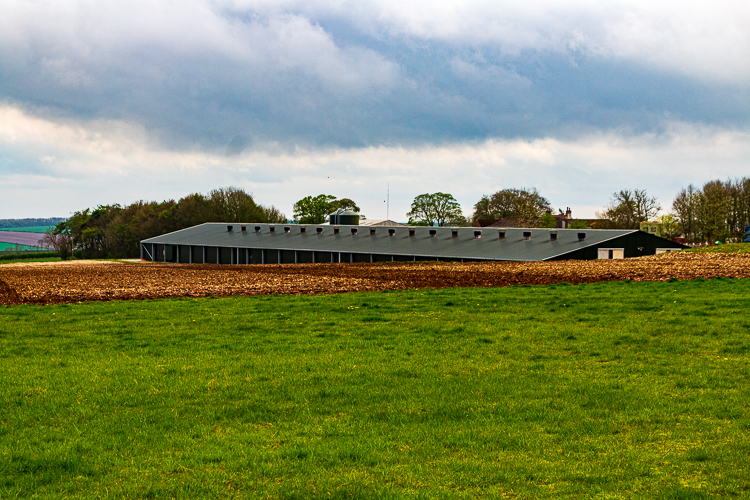
East Yorkshire was traditionally was of the main areas for pig and poultry farms as they were near their main food source – cereals. Many farms on the Wolds still have pigs and also poultry for eggs or meat. Poultry sheds are quite easy to spot on farms once you know what to look for. Look for several sheds which look identical. Pigs farms have similar sheds but these tend to differ in size and heights.
We cross the Scarbourgh road at Octon crossroads and drop down into the village of Thwing, and across to Wold Newton were we meet the gypsy race stream again. As we come out of Wold Newton look for a field of newly drilled peas – probably vining peas. We are in the Great Wold Valley now and grade 2 land which is highly productive. The winter cereal crops look great and don’t seem to have suffered from the wet winter we have had.
As we leave Butterwick we go past BF Potatoes.
BF Potatoes Ltd – Butterwick
One of Yorkshire’s leading potato producers – providing high quality dirty, washed, graded and peeled potatoes to commercial customers across the North of England. Visit website
There maybe be some potatoes being planted further along the valley…
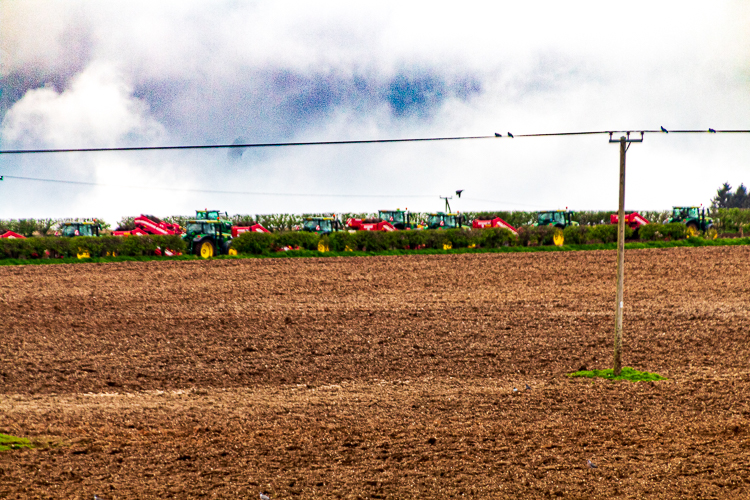
Weaverthorpe
As we go through Weavertorpe you can see the Gypsy Race again running along the middle of the village.
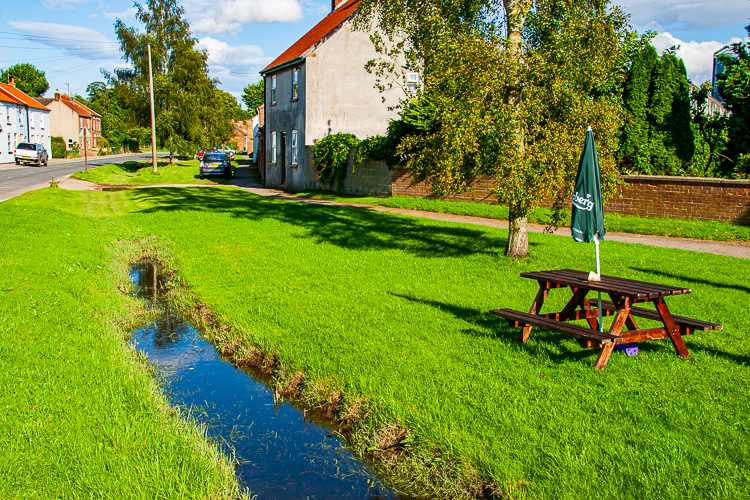
East + West Lutton
As we reach West Lutton we turn right up the hill and climb out of the Great Wold Valley and head for Wintringham. The Place Newton Estate lies just south of Wintringham and is owned by the Cholmley family. It is part of the Westfields Shoots – visit Westfields Website
Waggoners go to war
Finally spare a thought for the farm hands that were part of the waggoners reserve who went to WWI – more details in video below
Waggoners Memorial
There is a memorial to the Waggoners in the village it tells there story with images around the column.

Hope you’ve enjoyed the tour of the beautiful Yorkshire Wolds. Here’s some more images to enjoy….



